By Molly Atwater
Ah, November… the leaves are changing colors and falling from the trees, the jack-o-lanterns have been put away and exchanged for candy canes, and the Black Friday sales emails have started trickling into our inboxes. That can only mean one thing: the holiday season is upon us! It’s safe to say that our celebrations in 2020 will be a little different than what we’re used to. A non-traditional Thanksgiving or holiday gathering can be hard on all of us now that the CDC is suggesting limiting gatherings to just those in your household. (They’ve got some suggestions on safer alternatives to consider here.) Regardless of how we’ll celebrate, there are still lots of cookies to bake, memories to make, and laughs to share. But what does that mean for those of us with ostomies? The holiday season is inherently stressful, but adding medical issues on top can feel overwhelming. But fear not – with a little extra planning and mindfulness, you can handle the next few weeks like a pro. Here are a few tips and tricks to make sure you have a HAPPY holiday!
Travel Prepared
 If you must travel during this time, make sure you pack more than enough supplies. Odds are you won’t need all of them, but it’s always better to be safe than sorry. My rule is to figure out how many bag changes I expect to perform while I am away, and then pack double that amount of supplies. That way, even if I have to do extra bag changes, I never have to worry about running out of my necessities. I also pack in-bag odor reducers and a small bathroom aerosol spray so I don’t have to feel self-conscious about any expected or unexpected ostomy smells.
If you must travel during this time, make sure you pack more than enough supplies. Odds are you won’t need all of them, but it’s always better to be safe than sorry. My rule is to figure out how many bag changes I expect to perform while I am away, and then pack double that amount of supplies. That way, even if I have to do extra bag changes, I never have to worry about running out of my necessities. I also pack in-bag odor reducers and a small bathroom aerosol spray so I don’t have to feel self-conscious about any expected or unexpected ostomy smells.
If your holiday plans include traveling by airplane, pack your supplies in your carry-on. Airlines are notorious for misplacing luggage, so keeping your supplies with you at all times can save you a lot of worrying. Also, go ahead and download one of the UOAA TSA advocacy cards to make your security checkpoint experience easier. For even more peace of mind contact TSA Cares 72 hours before your flight for additional assitence. Don’t forget to throw an empty water bottle in your carry-on to fill up once you’re at your gate to prevent dehydration.
Enjoy Meals with Peace of Mind
When it comes to eating, everyone’s post-ostomy diets are different. For some, ostomy surgery can open up foods that were previously off-limits, while for others, options might be more limited. Regardless of your digestive system’s abilities, take the opportunity to make your meals a little more festive! If you can eat things you’ve missed for a while, go for it! But if you’re dealing with more restrictions, all is not lost. Maybe you could make macaroni and cheese with turkey-shaped pasta or try your hand at some homemade applesauce.
Chew, chew, chew! A lot of the foods we eat over the holidays are out of our normal diet, so give your body some help with digesting. It’s not a ton of fun to step away from the festivities to deal with a blockage! If at all possible, it’s also helpful to stay on your normal eating schedule. With all of the uncertainties that come with the holidays, having one steady touchstone can really help.
Alcohol is a staple for some families’ celebrations, but it can be very dehydrating. That’s an issue for everyone, but it’s crucial for those of us with ostomies. Try to alternate your cocktails with a glass of water or your electrolyte beverage of choice. Don’t forget that with the weather cooling down, warm drinks like tea also count as hydration!
Trust Your Emotions
 The holidays can be emotionally challenging for everyone, but for those dealing with chronic conditions, things may feel a little tougher. If you are feeling blue, that is ok! All emotions are valid, so give yourself the time and space to feel sad or angry and to grieve what was. But it’s also a great time of year to reflect on the things that you are grateful for, whether that’s your support system, your health, or even just for making it through this crazy year.
The holidays can be emotionally challenging for everyone, but for those dealing with chronic conditions, things may feel a little tougher. If you are feeling blue, that is ok! All emotions are valid, so give yourself the time and space to feel sad or angry and to grieve what was. But it’s also a great time of year to reflect on the things that you are grateful for, whether that’s your support system, your health, or even just for making it through this crazy year.
Some people don’t mind talking about their medical conditions, but if you’d rather not focus on your ostomy this holiday season, think of some ways to steer the conversation in a different direction. The questions people ask typically come from a good place, but you are fully entitled to a few hours without thinking about your health. Brainstorming quick responses or coming up with other topics to bring up instead can help you feel more prepared if you do find yourself in a situation where you want a quick “out.”
Listen to Your Body
Dealing with chronic health conditions is exhausting, and putting on a smile when you aren’t feeling great makes it that much harder. Finding others who can accept and acknowledge that things are hard instead of offering common and well-meaning phrases like “it will get better” and “stay strong” can be extremely helpful and validating. Nobody wants to be a Scrooge during this time of year, but having a safe space where you can feel seen and heard can bring you back into the celebration faster than wallowing alone.
Find an outfit that makes you feel AMAZING with your ostomy! Since a lot of us have spent more time in sweatpants than ever before thanks to quarantine, take the opportunity to wear something that makes you feel confident. It doesn’t have to be fancy – maybe just your favorite pair of pajamas or an extra-festive mask!
Get Creative
If you can’t participate in some of your favorite holiday traditions, now is the time to get creative! There might be ways to augment some existing traditions, like making different cookies without hard-to-digest ingredients, or you can create brand-new ones. Maybe it’s time to introduce a holiday movie marathon or invite your friends to join you on a wintery walk through the woods! Whatever you choose to do, I encourage you to find an activity that brings you joy.
The holidays might feel tricky to navigate, but with a little extra preparation, you can remove ostomy stress from your list of worries. Whether you’re a new ostomate or a seasoned pro, I encourage you to find your own tricks for making this time of year as merry as possible. From all of us here at UOAA, we wish you a happy and healthy holiday season!
Molly Atwater is UOAA’s Director of Young Adult Outreach. After struggling with chronic constipation for decades caused by a collagen deficiency disorder, she underwent ileostomy surgery in June 2016. In addition to serving with the UOAA, Molly runs a social media account (“MollyOllyOstomy”) that aims to teach her more than 20,000 followers about life with an ostomy and other chronic illnesses. She lives in Northern Virginia with her fiancé, Thomas.

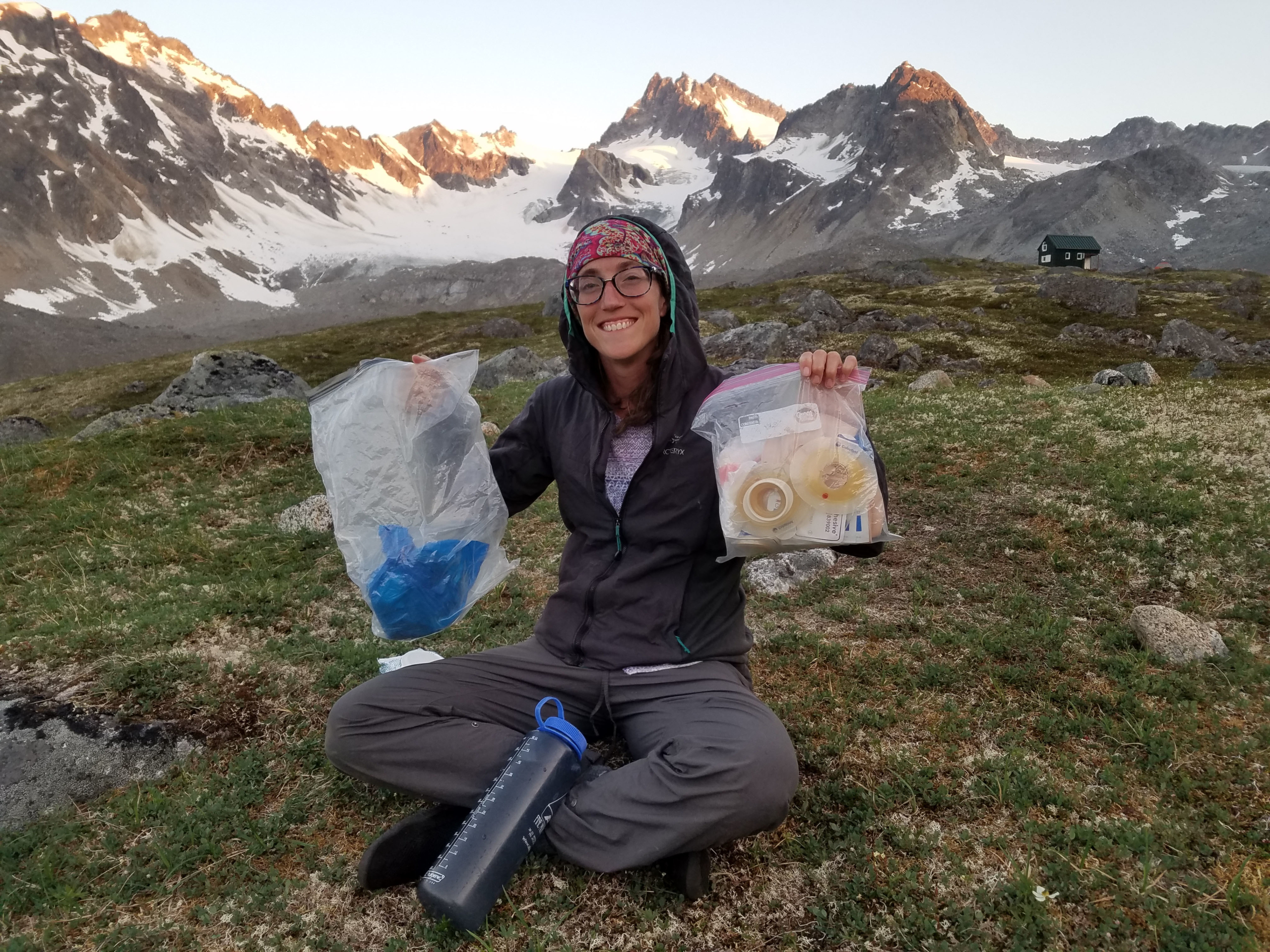
 In 2013 after agonizing over the thought of ostomy surgery (I had been adamant for years that I would not have an ostomy), I finally told my surgeon I was ready, and underwent surgery for a permanent
In 2013 after agonizing over the thought of ostomy surgery (I had been adamant for years that I would not have an ostomy), I finally told my surgeon I was ready, and underwent surgery for a permanent 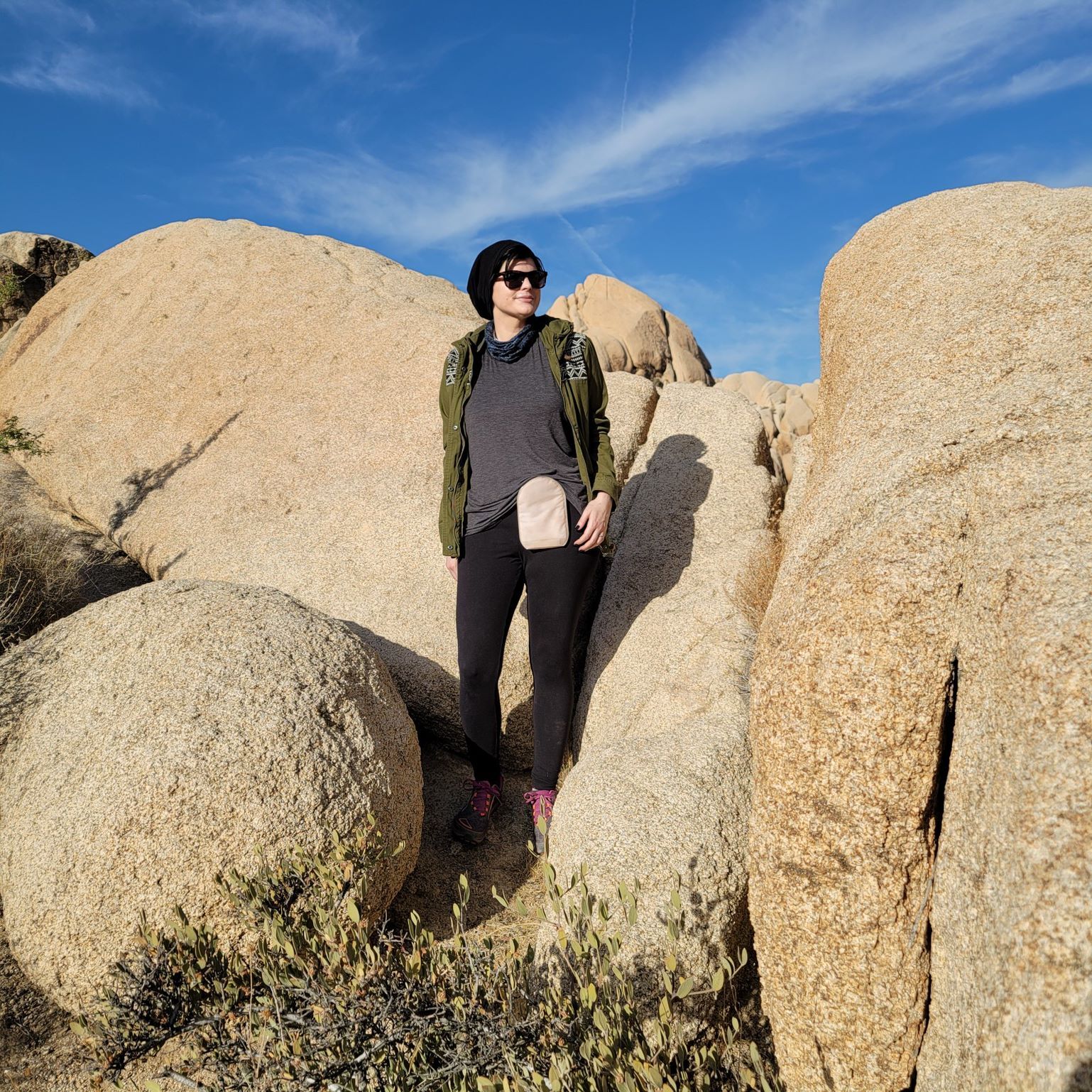 being admitted within the first 90 days post operatively [1]. This is one of the highest rates of readmission when compared to other types of surgery. The most common cause for re-admission is dehydration, at approximately 40% of post ileostomy readmissions [2]. We also know that 84% of ostomy patients develop skin issues. The causes of these can be chemical, mechanical, or microbial, and possibly avoidable. Ostomates also have significantly increased healthcare costs, especially when affected by peristomal skin complications, and leakage [2]. It is known that 25% of ostomates develop renal failure within two years. The complications these patients encounter require 7x more outpatient visits than the average patient. And 29.1% of ostomates experience readmission which costs approximately $16,000 per patient [1]. These statistics show that specialized care for these patients is imperative to improving patient outcomes in this patient population.
being admitted within the first 90 days post operatively [1]. This is one of the highest rates of readmission when compared to other types of surgery. The most common cause for re-admission is dehydration, at approximately 40% of post ileostomy readmissions [2]. We also know that 84% of ostomy patients develop skin issues. The causes of these can be chemical, mechanical, or microbial, and possibly avoidable. Ostomates also have significantly increased healthcare costs, especially when affected by peristomal skin complications, and leakage [2]. It is known that 25% of ostomates develop renal failure within two years. The complications these patients encounter require 7x more outpatient visits than the average patient. And 29.1% of ostomates experience readmission which costs approximately $16,000 per patient [1]. These statistics show that specialized care for these patients is imperative to improving patient outcomes in this patient population.
 If you must travel during this time, make sure you pack
If you must travel during this time, make sure you pack  The holidays can be emotionally challenging for everyone, but for those dealing with chronic conditions, things may feel a little tougher. If you are feeling blue, that is ok! All emotions are valid, so give yourself the time and space to feel sad or angry and to grieve what was. But it’s also a great time of year to reflect on the things that you are grateful for, whether that’s your support system, your health, or even just for making it through this crazy year.
The holidays can be emotionally challenging for everyone, but for those dealing with chronic conditions, things may feel a little tougher. If you are feeling blue, that is ok! All emotions are valid, so give yourself the time and space to feel sad or angry and to grieve what was. But it’s also a great time of year to reflect on the things that you are grateful for, whether that’s your support system, your health, or even just for making it through this crazy year.

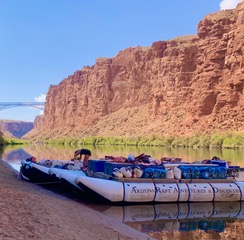
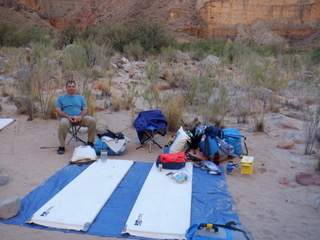
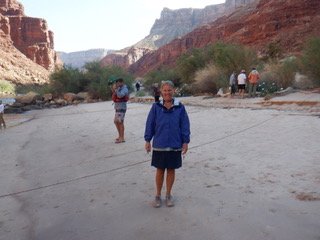 The last day on the river was a half day. Once we got off the boats we are onto a bus for three hours. Luckily there was a real bathroom stop. Here I just switched out bags. We got back to the hotel and into the shower I went. I had so much adhesive on my skin. I used a ton of adhesive remover, then took a face cloth and washed the whole area. My skin looked pretty good for being engulfed in adhesive for 8 days lol. It took a while to get all the adhesive off. It felt amazing when it was. Obviously, when I got out of the shower I dried off and put on a new ring, wafer and bag, no brava strips. My skin was very happy for this.
The last day on the river was a half day. Once we got off the boats we are onto a bus for three hours. Luckily there was a real bathroom stop. Here I just switched out bags. We got back to the hotel and into the shower I went. I had so much adhesive on my skin. I used a ton of adhesive remover, then took a face cloth and washed the whole area. My skin looked pretty good for being engulfed in adhesive for 8 days lol. It took a while to get all the adhesive off. It felt amazing when it was. Obviously, when I got out of the shower I dried off and put on a new ring, wafer and bag, no brava strips. My skin was very happy for this.




